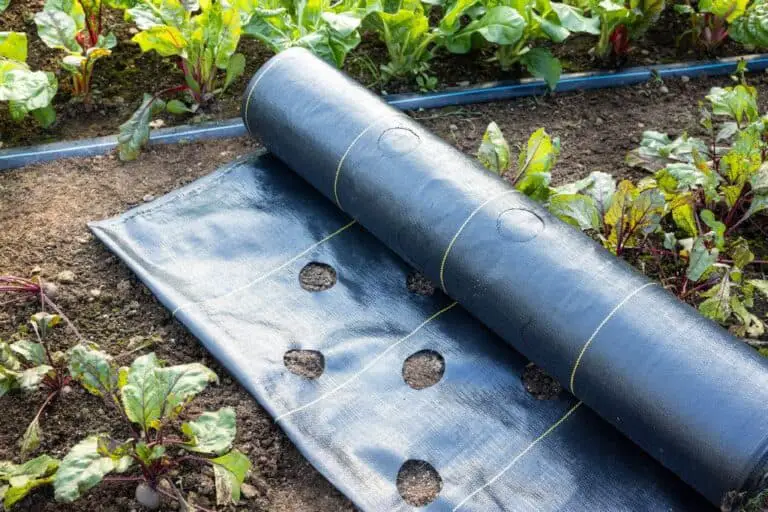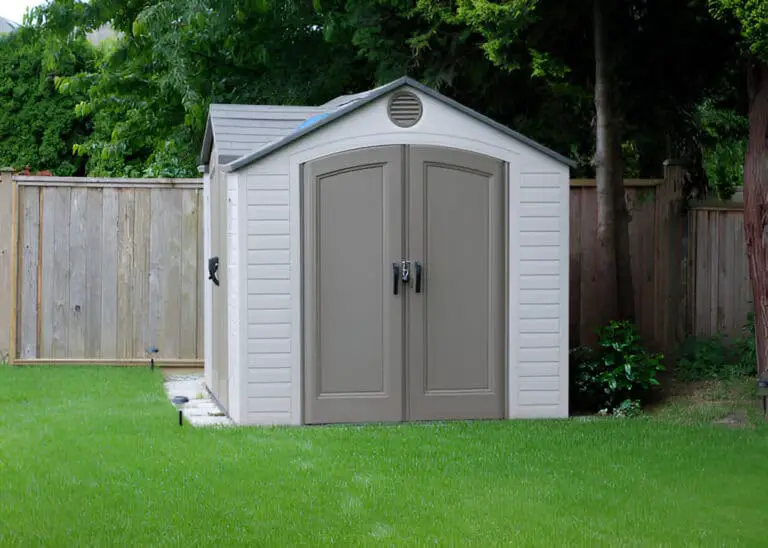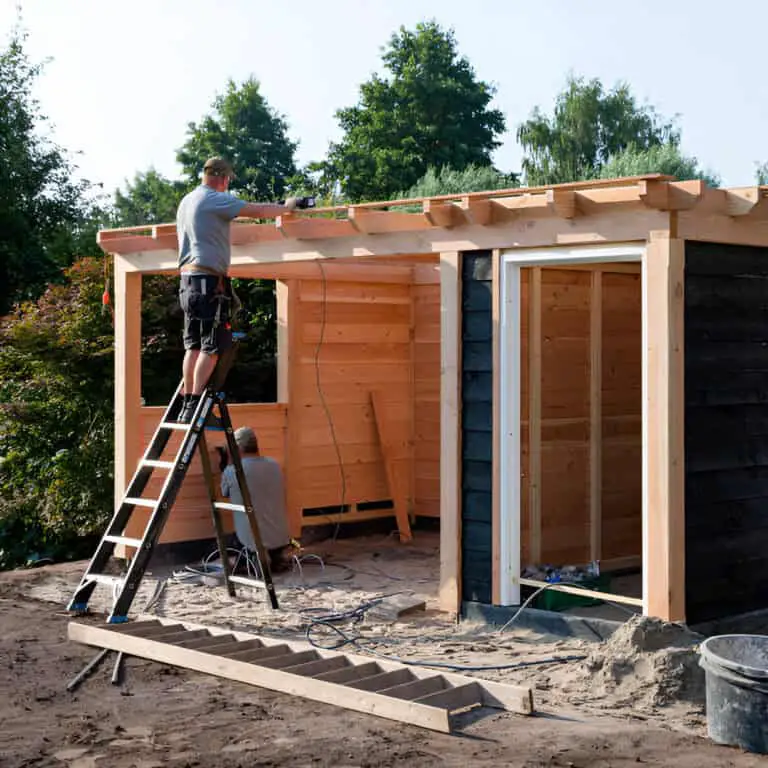Are Plastic Backyard Sheds Fireproof? The Truth About Their Safety
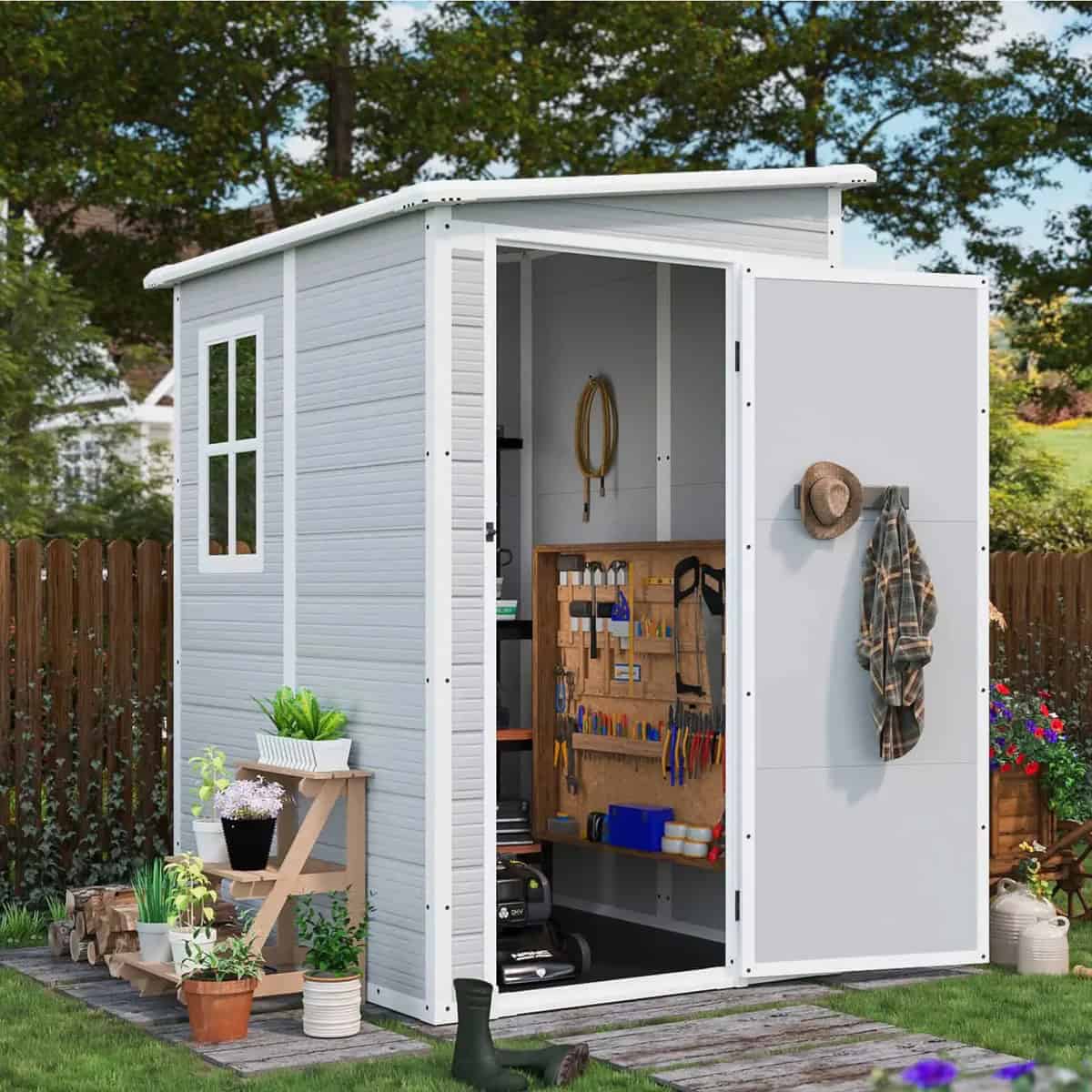
Plastic sheds have quickly become a go-to solution for homeowners seeking a convenient, low-maintenance storage option. They’re durable, easy to assemble, and resistant to common issues like rot and pests. For many, they seem like the perfect backyard addition—until fire safety enters the conversation. While these sheds stand strong against the elements, there’s one question that lingers: Are plastic sheds fireproof?
If you’re like me, you probably want to know how safe these sheds are when it comes to fire. After all, they’re made of plastic, which can be a bit concerning when thinking about potential risks. So, should you worry about keeping a plastic shed near your house, or is it a safe bet for your yard?
In this article, we’ll explore what makes plastic sheds fire-resistant, how they measure up against other materials, and what you can do to reduce fire risks around your shed. By the end, you’ll have a clearer picture of how fireproof your plastic shed really is—and whether it’s the right choice for your space.
Understanding Plastic Materials
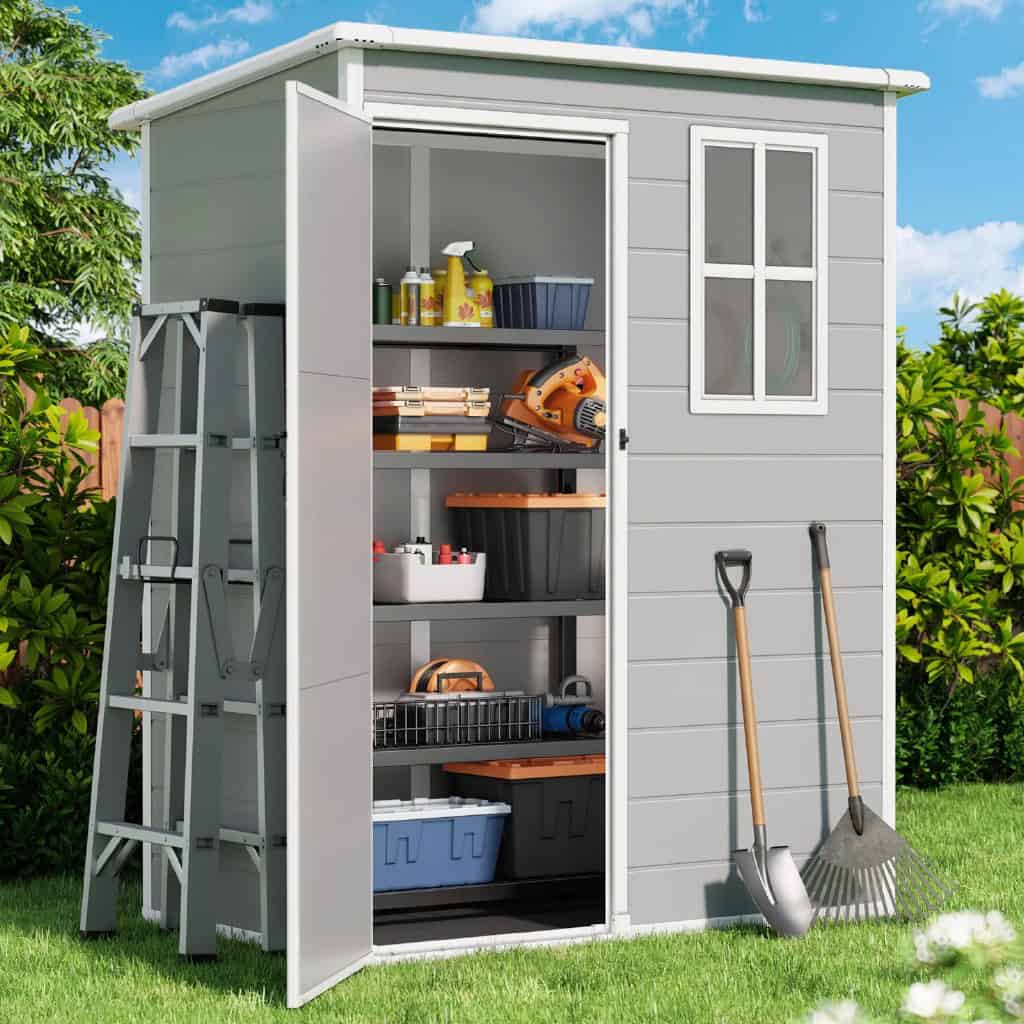
Plastic sheds are often made from materials like high-density polyethylene (HDPE), polyvinyl chloride (PVC), and polypropylene. These plastics are chosen for their durability and ability to withstand various weather conditions. HDPE, for example, is known for its resistance to impact, chemicals, and UV rays, making it ideal for outdoor use.
PVC is lightweight and resistant to both rot and pests, while polypropylene offers a strong, moisture-resistant structure. These materials contribute to the overall resilience of plastic sheds, ensuring they last for years without succumbing to wear and tear from rain, sun, or temperature fluctuations.
However, while these plastics are built to resist the elements, they are not necessarily fireproof. When exposed to extreme heat or direct flames, they can melt, warp, or catch fire. Understanding the limitations of the plastic materials used in shed construction helps you make informed decisions about fire safety precautions.
The Fire Resistance of Plastic Sheds
Most plastic sheds are made from polyethylene (PE), polypropylene (PP), or polyvinyl chloride (PVC)—all materials known for their durability and weather resistance. But fireproof? Not quite.
Here’s the reality:
- Plastic sheds are not fireproof. They are flammable, but their fire resistance depends on the type of plastic used.
- Some plastics are self-extinguishing, meaning they stop burning when the flame is removed.
- High heat can cause plastic sheds to melt before they even catch fire, creating structural collapse instead of an open flame.
✔ Pro Tip: Check the fire rating of your shed’s material before purchasing. Some plastics have additives to improve fire resistance.
| Check out: Can Plastic Sheds Warp? The Pros and Cons of Resin Sheds |
How Different Shed Materials React to Fire
To put plastic sheds into perspective, let’s compare plastic sheds to their wooden and metal counterparts:
| Material | Fire Resistance | Pros | Cons |
| Plastic (PE, PP, PVC) | Flammable, may melt before burning | Lightweight, weather-resistant | Can release toxic fumes when burned |
| Wood | Highly flammable | Classic look, customizable | Requires fireproofing treatment to resist flames |
| Metal | Non-flammable | Fireproof, durable | Can get extremely hot and warp under intense heat |
✔ Conclusion: If fire safety is a top concern, a metal shed offers the best protection, while wood and plastic require extra precautions.
What Happens When a Plastic Shed Catches Fire?
Unlike wood, which burns and turns to ash, plastic sheds tend to melt, drip, and deform before fully igniting. However, this can still create a serious hazard:
- Toxic fumes – Burning plastic can release hazardous chemicals like carbon monoxide and dioxins.
- Molten plastic drips – Melted plastic can cause severe burns and spread the fire.
- Structural failure – A plastic shed can collapse before fully burning, creating additional risks.
✔ Safety Tip: Never store flammable materials inside a plastic shed, as they can accelerate fire spread.
How to Improve Fire Safety for Plastic Sheds
If you already have a plastic shed or plan to get one, don’t worry—you can take steps to reduce fire risks.
1. Choose a Shed with a Fire-Resistant Rating
Some plastic sheds come with fire-retardant additives that slow down combustion. Check for UL-94 or ASTM fire resistance ratings when buying.
2. Keep Your Shed Away from Open Flames
Avoid placing your shed near fire pits, grills, or backyard bonfires. Sparks and embers can ignite plastic quickly.
✔ Safe Distance Guide:
| Fire Source | Recommended Distance from Shed |
| Fire pit or bonfire | At least 15 feet |
| Grill or smoker | At least 10 feet |
| Propane tank | At least 5 feet |
3. Store Flammable Materials Elsewhere
Gasoline, paint, propane, and other combustibles should be stored in a fireproof location, not inside a plastic shed.
✔ Alternative Storage Solutions:
- A metal storage cabinet for flammable liquids
- A detached, fire-resistant metal shed for hazardous materials
4. Install Fire Extinguishers Nearby
Having a fire extinguisher rated for Class A (wood), B (flammable liquids), and C (electrical fires) can be a lifesaver if a fire breaks out.
✔ Best Placement: Mount the extinguisher outside the shed near an entrance for quick access.
5. Use Fireproof Skirting
Adding fire-resistant materials around the shed base can help slow fire spread. Options include:
- Concrete blocks
- Gravel or stone borders
- Fire-resistant treated wood
Real-Life Testing and Case Studies
Real-life testing and case studies provide valuable insights into the fire resistance of plastic sheds. Several studies have been conducted to assess the fire hazards associated with these sheds. For example, controlled burns are often used to simulate extreme conditions and evaluate how various materials react when exposed to fire.
These tests reveal that while some plastic sheds offer a degree of fire resistance, they are not entirely fireproof.
In some cases, incidents have occurred where plastic sheds caught fire, leading to significant damage. These events highlight the importance of proper precautions and awareness of fire risks. For instance, improperly stored flammable materials or high heat exposure near plastic sheds can increase the likelihood of a fire.
These real-world examples serve as important reminders to take fire safety seriously when using plastic sheds in your backyard.
Final Verdict: Is a Plastic Shed Safe for Your Backyard?
While plastic sheds offer plenty of benefits—durability, affordability, and low maintenance—they aren’t fireproof. If fire safety is a major concern, you’re better off with a metal shed or a fire-treated wooden shed. However, with proper placement, smart storage, and fire precautions, you can still safely enjoy the convenience of a plastic shed.
✔ Key Takeaways:
| Concern | Plastic Shed Reality |
| Fireproof? | ❌ No, but some are fire-resistant |
| Melts or burns? | 🔥 Mostly melts before burning |
| Releases toxic fumes? | ☠️ Yes, if burned |
| Best fire safety tip? | 🧯 Keep it away from flames & store flammable materials elsewhere |
In the end, your shed’s safety depends on where you place it, what you store in it, and how well you prepare for potential fire risks. Keep those factors in check, and your plastic shed can remain a safe and functional part of your backyard! 🔥🚫🏡


